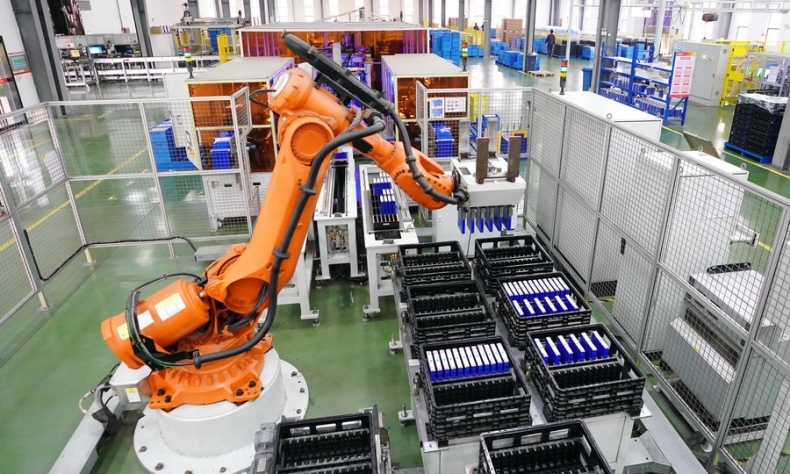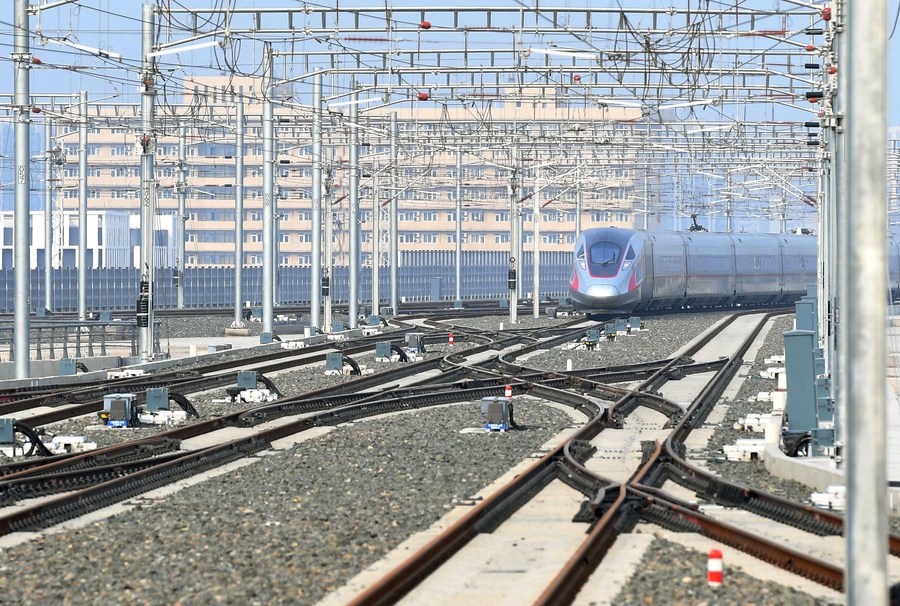China’s Innovation: How It Works and How It’s Changing

China encounters its fair share of obstacles in its efforts to achieve more and better. And the only way out of this conundrum is to push system innovation, i.e., the restructuring of social, economic and technological systems.
The words “Made in China” appear on products hitting the shelves worldwide every day. But the innovative power behind the word “made” often tends to get overlooked.
Recent years have seen repeated U.S. crackdowns on Huawei, a Chinese information and communications technology titan. But what these embargos target is not just the brand itself, but the company’s innovation—a fact that also rings true for American clampdowns on other sectors like aviation, new energy and semiconductors.
Two to three decades ago, products made in China were often labeled as fake, implying the country’s lack of innovative capability. Today, Chinese products low in price and high in quality are embraced by consumers everywhere. For example, the China-Maldives Friendship Bridge in North Malé Atoll built with the support of the Chinese construction team has not only improved transportation, but also boosted the local economy as a whole. At first, the harsh environment and high environmental protection standards discouraged many global investors from putting in their bids. In the end, Chinese constructors completed the mission using many innovative construction methods.
So where does China’s innovative capability stand today? According to the World Intellectual Property Organization, China ranked 11th on the Global Innovation Index (GII) 2022, up 23 places compared to 2012.
The country’s innovative power is actually palpable in all of daily life’s different aspects. It has already built the world’s largest optical fiber and mobile broadband networks, with a high-level nationwide coverage of 5G mobile network. As of 2022, China had by far the longest high-speed railway network in the world, with more than 40,000 km of high-speed rail lines. The country also has the highest level of cashless payments in the world. And so the list goes on.

Despite being the world’s second-largest economy, China does encounter its fair share of obstacles in its efforts to achieve more and better. And the only way out of this conundrum is to push system innovation, i.e., the restructuring of social, economic and technological systems.
Government backing and incentives for research have enhanced China’s innovation potential, with the favorable policies issued by Beijing covering four aspects.
First is the improved environment for innovation. Both the Central Government and governments at local levels have produced policies supporting innovation and the commercialization of research results. They also invite high-caliber professionals from foreign-funded research and development (R&D) centers based in China to join their projects.
A second aspect is the increased investment in sci-tech R&D. As revealed by the National Bureau of Statistics, in 2022, China’s R&D expenses exceeded 3 trillion yuan ($430 billion), up 10.4 percent year on year.
Third, the number of innovation entities is continuously on the rise. China boasts the largest number of researchers in the world, and is home to 330,000 hi-tech businesses.
A fourth and final aspect, then, is how China has racked up a range of sci-tech research achievements. The China National Space Administration and the China Atomic Energy Authority, for example, jointly announced on September 9 last year that scientists with the Beijing Research Institute of Uranium Geology had discovered a new mineral, which they named the Changesite-(Y), through research on the samples returned to Earth by the country’s 2020 Chang’e-5 lunar exploration mission—also China’s first lunar sample-return mission. This is the sixth mineral humankind has discovered on the moon, with China being the third country in the world to discover a new mineral on the astronomical body.
But China is far from being an innovation powerhouse. Its 11th place on the GII 2022 reveals how the country’s innovative capability falls far behind its economic strength. Even though China has shown great potential for innovation and has the capacity to do much more, its core technologies remain underdeveloped. And as always, tackling the core of the problem will lead to new, innovative solutions.
 Facebook
Facebook
 Twitter
Twitter
 Linkedin
Linkedin
 Google +
Google +










